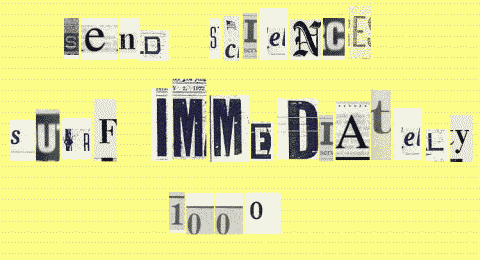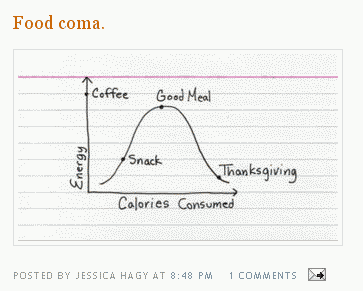.. another thoughtful essay by Sean Eddy in PLOS Computational Biology cites the NIH Roadmap Initiative
The scale and complexity of today’s biomedical research problems demand that scientists move beyond the confines of their individual disciplines and explore new organizational models for team science. Advances in molecular imaging, for example, require collaborations among diverse groups—radiologists, cell biologists, physicists, and computer programmers.
which sounds great like all interdisciplinary science but has also all the drawbacks (“to temper the wind to the shorn lamb” seems to be the English translation of the German “weakest ring of the chain”).
Progress is driven by new scientific questions, which demand new ways of thinking. You want to go where a question takes you, not where your training left you.
Sure, the game is more about interdisciplinary people than interdisciplinary teams
A motley crew of misfits
and not EU accountants drive progress.
CC-BY-NC Science Surf
accessed 26.10.2025

